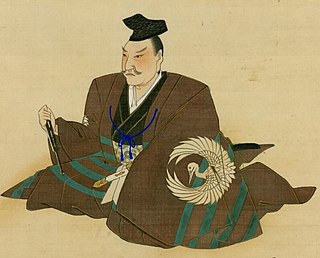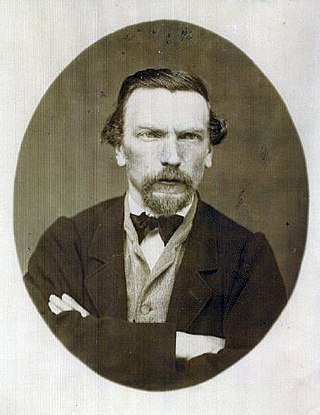
The Kalevala is a 19th-century compilation of epic poetry, compiled by Elias Lönnrot from Karelian and Finnish oral folklore and mythology, telling an epic story about the Creation of the Earth, describing the controversies and retaliatory voyages between the peoples of the land of Kalevala called Väinölä and the land of Pohjola and their various protagonists and antagonists, as well as the construction and robbery of the epic mythical wealth-making machine Sampo.
The year 1812 in science and technology involved some significant events, listed below.
The year 1836 in science and technology involved some significant events, listed below.
The year 1870 in science and technology involved some significant events, listed below.
The year 1834 in science and technology involved some significant events, listed below.
The year 1873 in science and technology involved some significant events, listed below.
The year 1865 in science and technology involved some significant events, listed below.
The year 1783 in science and technology involved some significant events:
The year 1715 in science and technology involved some significant events.
The year 1683 in science and technology involved some significant events.
The year 1671 in science and technology involved some significant events.

Seki Takakazu, also known as Seki Kōwa, was a Japanese mathematician and author of the Edo period.
The year 1896 in art involved some significant events.
This is a list of aviation-related events during the 19th century :

Björn Arne Christer "Nalle" Wahlroos is a Finnish banker, investor, and the chairman of the Board in Sampo Group and UPM-Kymmene. Before switching to banking, Wahlroos worked as a professor at the Hanken School of Economics in Helsinki, from which he also holds a Doctorate in Economics.

Innocenzo Vincenzo Bartolomeo Luigi Carlo Manzetti was an Italian inventor born in Aosta. Following his primary school studies he went to the Jesuit-run Saint Bénin Boarding School and then on to Turin where he was awarded a diploma in land surveying before returning to Aosta.

Sampo is a 1959 Soviet–Finnish fantasy film based loosely on the events depicted in the Finnish national epic Kalevala. In the United States, it was released in an edited version, The Day the Earth Froze, by American International Pictures as a double feature with Conquered City. This version was later featured in a 1993 episode of Mystery Science Theater 3000.
The Silmarils are three fictional brilliant jewels in J. R. R. Tolkien's legendarium, made by the Elf Fëanor, capturing the pure light of the Two Trees of Valinor. The Silmarils play a central role in Tolkien's book The Silmarillion, which tells of the creation of Eä and the beginning of Elves, Dwarves and Men.
Fujita Sadasuke, also known as Honda Teiken, was a Japanese mathematician in the Edo period. He is the author of Seiyō sampō which was published in 1781.

Ken Liu is an American author of science fiction and fantasy. Liu has won multiple Hugo and Nebula Awards for his novel translations and original short fiction, which has appeared in F&SF, Asimov's Science Fiction, Analog, Lightspeed, Clarkesworld, and multiple "Year's Best" anthologies.